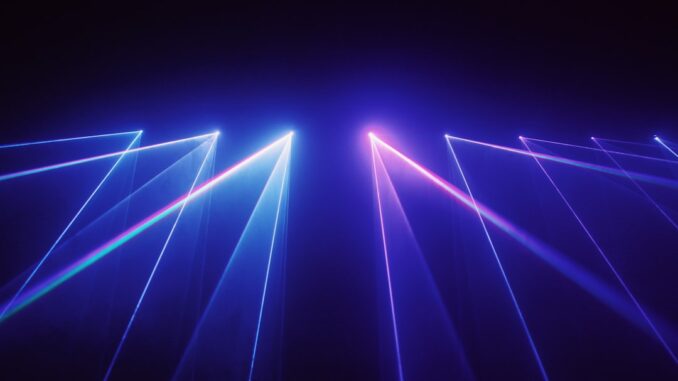
Summary
Microsoft’s Project Silica revolutionizes data archiving with quartz glass, offering sustainable and durable storage for millennia. This technology utilizes lasers and AI to encode data in glass, surpassing traditional methods like tape. The potential benefits include cost savings, environmental friendliness, and secure long-term data preservation.
Protect your data with the self-healing storage solution that technical experts trust.
** Main Story**
Okay, let’s talk about Project Silica. In this day and age, we’re drowning in data, right? It’s growing exponentially, and frankly, it’s becoming a real headache to manage, especially when we consider long-term storage.
Traditional methods, like magnetic tape and hard drives, just don’t cut it anymore. Their lifespans are, well, limited to say the least. You’re constantly migrating data, which is costly and contributes to a ton of e-waste. And let’s be honest, no one wants to be part of the e-waste problem.
That’s where Microsoft’s Project Silica comes in. Seriously, it’s a game-changer. The idea? Store data in quartz glass. Why glass? Because it’s incredibly durable and long-lasting. This approach could completely revolutionize how we archive data, giving us a sustainable and secure way to preserve information for, get this, thousands of years. I mean, who wouldn’t want that?
How Does This Glass Storage Actually Work?
So, how does this magical glass storage work, you ask? Project Silica uses femtosecond lasers, the same type of lasers that are used in LASIK eye surgery. These lasers encode data within the glass by creating nanoscale, three-dimensional structures called voxels. Imagine tiny little etchings at an extremely small scale. These voxels alter the glass’s structure, but without compromising its integrity. Pretty neat, huh?
The data is encoded by modifying the strength and orientation of the laser pulses, creating unique voxel patterns. Think of it like a super-complex barcode within the glass. Then, to retrieve the data, a high-speed microscope and AI algorithms work together to decode the voxel patterns. It’s like reading a microscopic, super-dense book. This combo of optics and AI allows efficient and reliable data access. A friend of mine who works in optics was blown away when I described this.
What are the Advantages of Glass Storage?
Alright, let’s break down the advantages of using glass for storage:
-
Durability and Longevity: Quartz glass is incredibly resilient. It’s resistant to extreme temperatures, electromagnetic pulses, and even physical damage. The rain lashed against the windows, and the wind howled like a banshee. But the data inside the glass will remain safe. This robustness ensures data integrity for millennia, meaning no more costly and energy-intensive data migrations. That’s a massive win, if you ask me.
-
Sustainability: Unlike traditional storage media, quartz glass doesn’t need any special environmental controls. No temperature or humidity regulation needed, which seriously reduces the environmental impact of data centers. Plus, the long lifespan of glass storage means less frequent hardware replacements, further boosting sustainability. It’s a greener way to store data, plain and simple.
-
High Storage Density: Project Silica offers impressive storage density. We’re talking comparable to, or even exceeding, that of magnetic tape. A small glass plate, about the size of a DVD, could potentially hold terabytes of data. Think about maximizing storage capacity while minimizing physical space. The implications for data centers are huge!
-
Security: The write-once nature of Project Silica enhances data security. Once data is written to the glass, it’s immutable. This means no accidental or malicious alterations. It’s basically tamper-proof. This immutability is crucial for archival data, ensuring its integrity and trustworthiness over time. I can see compliance teams really valuing this.
Real-World Applications and What’s Next?
Project Silica’s potential spans a ton of sectors, from healthcare and finance to government and cultural preservation. Its long lifespan and durability make it perfect for storing sensitive stuff like medical records, financial regulations, and legal documents that need to be kept safe for the long haul.
For instance, the technology has already been successfully tested with Warner Bros., and they stored the entire 1978 “Superman” movie on a piece of glass the size of a coaster. I mean, how cool is that? Collaborations with organizations like Elire are also underway to create global music vaults, preserving our musical heritage for future generations. Imagine, your favorite band’s entire discography etched in glass for posterity.
And, as Project Silica matures, it’s poised to reshape the data archiving landscape. By offering a sustainable, durable, and secure alternative to traditional storage, this glass-based tech paves the way for preserving our digital heritage for millennia. While still under development, Project Silica really does represent a pivotal moment in backup technology, offering a glimpse into the future of data preservation. We can’t ignore the benefits and savings this could bring.

